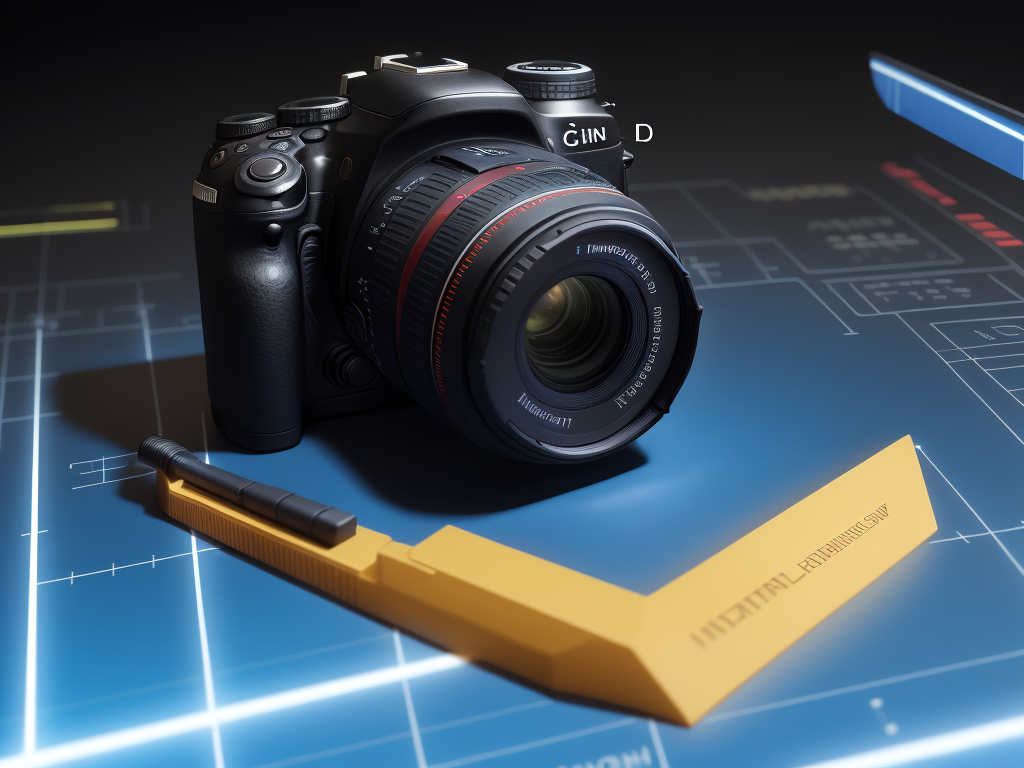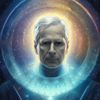Your Smartphone Camera's Deep, Dark, AI Secret

As viral art apps from Stable Diffusion, to Midjourney, to DALL-E 2, stoke fears about machines stealing human creativity, it’s worth remembering we’ve been training AI to enhance our creative skills longer than you may realize. Every snapshot you’ve taken with your smartphone camera in the last decade relied on artificial intelligence - the same type of machine learning powering the generative art world today. While the stunning output of these nascent generative models may seem strange and threatening in their sophistication, the core training processes are akin to those already well-established in your pocket.
Consider that photo you snapped of your kid scoring the winning goal, or the breathtaking sunset you captured on vacation. Pretty nice, huh? Now, go and look at pictures you took 10, 15, or even 20 years ago. The farther back you go, the less impressive your shots look, not to mention the resolution of the pictures themselves. You'll probably notice that your smartphone cameras keep getting better year after year. My current phone is a Google Pixel 6, and while it's no longer bleeding edge, I'm still amazed at the incredible pictures I can take with the thing. What you may not realize is that behind the scenes, your phone's camera relies on artificial intelligence in much the same way the latest viral art creation tools do. Modern photography is more computational creativity than pure mechanical capture.
Today's cameras leverage AI in nearly every aspect of image processing. Scene detection algorithms analyze compositions to optimize settings for portraits, landscapes, or action shots. In low light, your phone takes multiple exposures and blends them with noise reduction and sharpening filters powered by machine learning. When you frame the perfect group shot, facial recognition focuses each face while AI-guided sensors balance the lighting. All this computational wizardry squeezes professional-grade performance out of tiny smartphone lenses and sensors.
It's really kind of impressive. It's a kind of magic, as any sufficiently advanced technology should be.
Huh, and just like that, I've got Queen's "A Kind of Magic" running through my head. And yes, I know it has nothing to do with what I'm writing about.
Some may think dedicated DSLR cameras are the solution for avoiding artificial intelligence in photography. A friend even suggested that on my Discord server. But even top-end interchangeable lens cameras now incorporate machine learning for tasks like autofocus tracking, intelligent auto exposure, facial recognition and assisting with image review. While the most sophisticated AI tends to be found in our always-connected smartphones, stand-alone cameras benefit from computer vision too. Algorithms help DSLRs interpret scenes, faces and objects to assist human photographers. So whether choosing a mobile or dedicated camera, the role of AI is hard to avoid. Much like creative apps, the technology is simply too useful to ignore.
But where does the camera's smarts, its artificial brain, come from? How does it gain this photographic prowess? The answer lies in massive sets of training data captured from real world use. Every time you snap a pic, your camera is gathering information to refine its machine learning models. Telemetry like focus time, shutter speed, lens configuration and other metadata feeds into the camera's neural networks along with before and after image sets showing the results of processing. As users share photos, ratings and preferences provide further feedback to steer improvements.
This process of cameras learning from experience to augment their physical mechanics with computational intelligence has clear parallels in the buzzy world of neural art generation. Platforms like Stable Diffusion showcase AI's creative potential by synthesizing novel images in various styles. But these systems are not conjuring art from thin air - they too rely on extensive training regimes to acquire their artistic skills.
By ingesting millions of paintings, sketches, album covers and other artwork spanning genres and eras, diffusion models discern the visual patterns that capture styles and composition techniques. Much like our smartphones ingest countless photos to unlock the secrets of good photography. The AI extracts common principles that it codifies within its neural network parameters. And again, like our cameras, it continuously refines its knowledge through cycles of virtual feedback.
Of course, some object that training generative models on copyrighted art amounts to theft. But smartphone cameras do not pay royalties to Ansel Adams or Annie Leibovitz for mimicking the skills they pioneered. Once creative techniques enter the public sphere, they become part of our shared culture. Artistic styles belong to no single individual - even the old masters borrowed and built upon techniques from those before them. Consider how Renaissance painters like da Vinci adopted architectural tricks of perspective, proportion and anatomy from their Ancient Greek and Roman forebears. Or how the Baroque movement adapted the chiaroscuro method (using a sharp contrast between light and dark) which originated during the Renaissance period (check out Giovanni Baglione's painting, "Sacred and Profane Love", 1602–1603, below, for a sample). Meanwhile, Picasso and Braque co-created Cubism by riffing on Cézanne's geometric planes (proto-cubism). AI is simply ingesting our collective visual wisdom built across movements and generations.

There remain thoughtful concerns around how generative models should attribute training sources, obtain consent and protect singular stylistic identifiers of modern artists. Navigation of copyright requires care and nuance. But much training data derives from the classics - works whose authors passed generations ago. For art documenting critical moments in history, there are also ethical arguments favoring its responsible replication.
At its core, the creative DNA encoded into generative models is no different than the expertise your camera derives from analyzing photography's greatest hits. Your phone applies that knowledge to render a pleasing portrait without necessarily citing Dorothea Lange as inspiration. But it honors the principles she demonstrated, now mathematically extrapolated to new contexts. AI expands our creative potential without replacing the singular vision of human artists.
Which brings us to perhaps the most important parallel between smartphone photography and neural art - the role of the human user. That would be you, by the way. Your mobile camera, for all its AI-enhanced capabilities, still relies on you to point, compose and capture unique moments. Likewise, tools like Stable Diffusion or DALL-E are vessels awaiting a human spark of imagination and direction to bring their machine knowledge to bear.
Generative AI cannot plot a coherent photo essay or conceptualize an innovative mixed media series - it has no sentient experiences to share. Just as your smartphone camera does not truly understand why an awkwardly-framed beach selfie fails to satisfy while a candid laugh makes the perfect profile pic. Humans imbue images with meaning. We are the artists, scientists, activists, journalists, and historians who witness life through a philosophical lens.
So the next time you marvel at your phone's photo wizardry, remember the artificial intelligence powering it emerged from the same creative training processes as neural art generators. These AIs encode skills, but need human ingenuity to create meaning. Anyone who has spent any time with tools like Stable Diffusion, know that you can spend an incredibly long time crafting that perfect image, going through multiple iterations, finely tuned prompts, upscales, inpaints, and external touchups using tools like Photoshop.
Sure, you can just point and shoot with a camera but that doesn't usually get you a great picture, even if the technology is doing its AI best to help you out. Ditto with generative AI art generators like Midjourney or Stable Diffusion. Sometimes, the work is just starting. These tools aren't stealing your creativity. What they do is enhance your creativity.
Rather than fearing automated creativity, we should celebrate how AI amplifies our voices and expands access to artistic tools. Now, grab your smartphone, get snapping, and start generating some masterpieces of your own! Or fire up one of the many AI art generators of today. The creative possibilities are limitless when human and machine come together.
